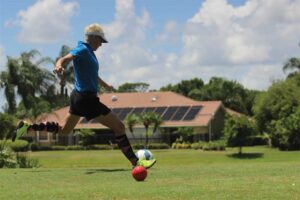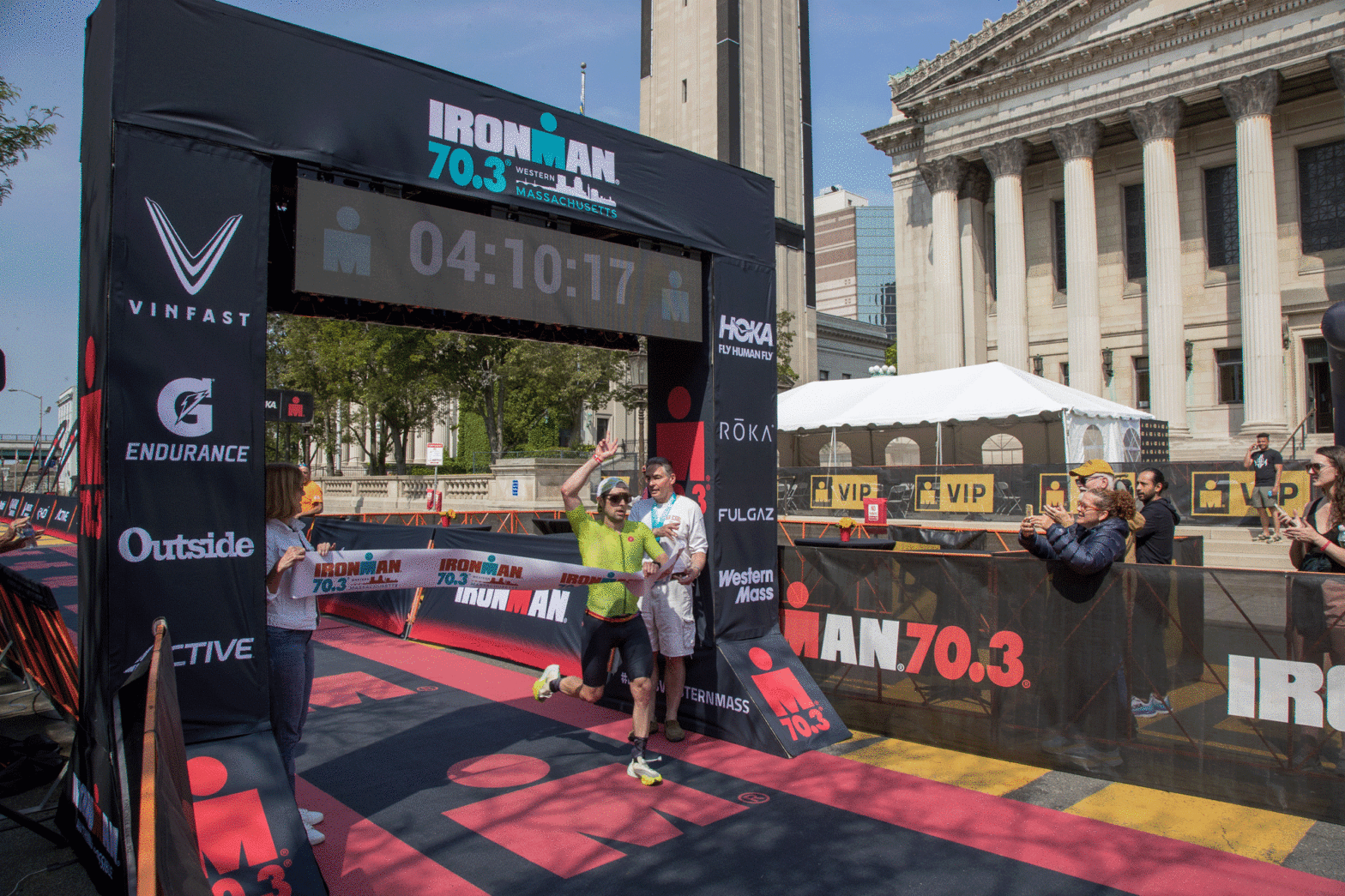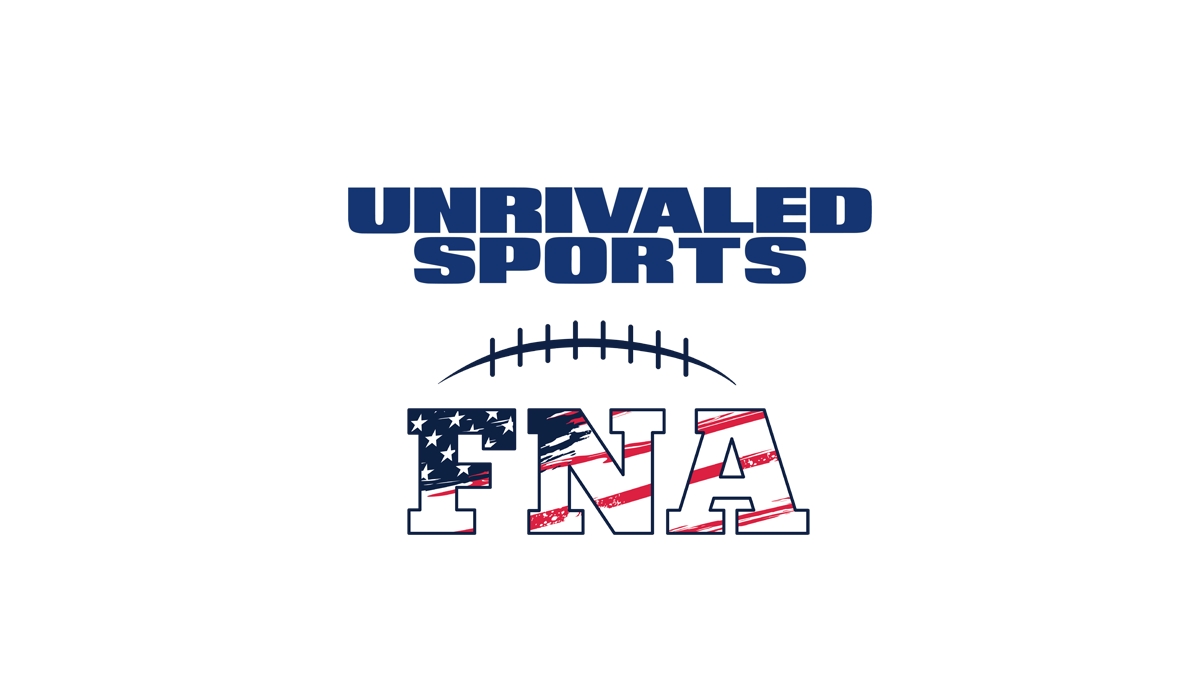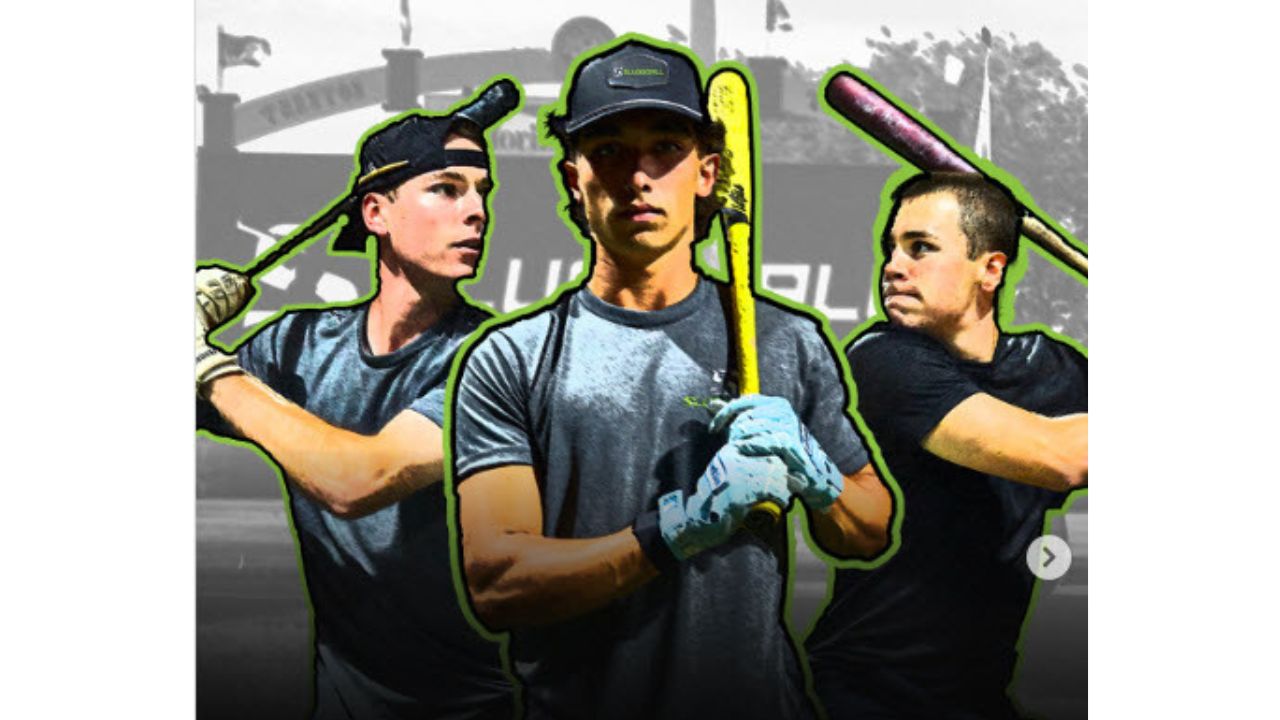
It is a rarity to have the opportunity to introduce a new sport to the U.S., and even rarer to see players and facility owners alike pick it up with open arms. Footgolf is proving to be one of these rare gems, already growing from a relatively obscure curiosity to a genuine phenomenon in just a decade.
Laura and Roberto Balestrini have championed the sport in both in the U.S. and on the international stage since they founded the American Footgolf League (AFGL) in 2012. Over the past decade, the husband-and-wife team has toured the country building the league’s player base, eventually taking opportunities to partner with the Professional Golfers’ Association (PGA) and National Golf Course Owners Association (NGCOA) to help make footgolf the success it is today.
Footgolf in a nutshell
The AFGL’s Discover Footgolf website describes the sport as the “best game ever created,” a statement the organization’s current president, Roberto Balestrini, wholeheartedly agrees with.
“Golf is the number one elite game in the world and soccer is the number one popular sport in the world, no doubt,” says Balestrinii. “Footgolf takes all of the fun and energy of soccer and mixes it with the power and elegance of golf.”
Footgolf follows the same rules as golf except, as the name implies, players kick a soccer ball rather than drive and putt with a golf ball. However, this simple explanation fails to capture the full experience of the game. The Balestrinis explain the game requires both physical dexterity as well as mental agility. Many new players—the majority of whom come from the professional and semi-professional soccer world—quickly learn to “think like golfers,” Roberto says.
“[Soccer players] have to visualize like a golfer,” he explains. “And those guys who love golf can get comfortable playing footgolf as well. That’s why I say this is truly the greatest sport of all. I mean it.”
To Roberto, this accessibility is the new sport’s greatest strength. Traditional golf does come with a natural barrier to entry in the form of equipment requirements. New golfers require clubs, golf balls, sets of tees, and so on. All a new footgolfer needs to start playing is a soccer ball and the proper attire.
“The beauty of footgolf is that it can be as fun or as professional as you want. You can go play for fun with your friends and have a beer, or you could seriously play against other players.”
Coming to America

The story of footgolf in the U.S. begins in 2011. The couple were living in Palm Springs, Calif., and were watching a Mexican-produced documentary detailing this brand-new game that had been gaining ground in the country.
Laura, who now serves as the president of the Federation for International Footgolf (FIFG), remembered how this novel sport struck her at the time.
“We were looking at the sport and I really thought it was beautiful,” she says. “It takes some talent to be able to do what these athletes, too.”
She also recognized a once-in-a-lifetime opportunity: “How many people have the opportunity to introduce a new sport to America?”
Taking this chance, the Balestrinis registered the AFGL in 2012 and began their quest to spread the word about footgolf to potential players and golf course operators alike.
“Laura and I started with Home Depot materials,” says Roberto. “We had to make a whole new set of equipment to meet the needs of the sport. A soccer ball is not a golf ball, right?”
The pair began touring the country to convince golf course operators to convert parts of their property into footgolf-ready courses. This proposal proved popular, and many courses worked with the AFGL to introduce the game.
Bringing in new faces
Different golf courses have had different reasons for opening their doors to footgolf. However, the Balestrinis have identified a common theme threading them together: the sport brings in the new blood golf courses desperately need.
“It is an alternative use for their property,” says Laura. “Golf courses are always looking to bring in a new demographic and younger players. Footgolf is how you do that. Likewise, people who might live in the community and support a municipal golf course with their taxes might never visit due to the high entry investment, but with footgolf they have an easy way in.”
The sport acts as a gateway for players to pick up traditional golf as well, according to Laura.
“The majority of our players—who come from a soccer background—now play golf, too,” she says. “They understand the rules from playing footgolf and from being able to watch traditional golf on the same courses they’ve decided to pick up a set of clubs themselves.”
Seizing this opportunity can be done easily. However, golf course operators will need some guidance in designing their new courses. Despite the family resemblance, footgolf has some different needs compared to traditional golf.
For starters, the average kick covers less distance than the average drive, so footgolf holes need to be shorter than their traditional golf counterparts. Every golf course also possesses its own unique landscape and features. To bridge the needs required from both sides, the AFGL partners and works with golf course owners on new projects.
“Our designs aim to use the same features as the existing golf course, without needing to build something new,” says Laura. “We have to design the holes, so they don’t overlap where golf balls tend to land. To make it all fit, we really work closely with the golf course owners to design their footgolf holes with the best use of space in mind.”
So far, this partnership has been fruitful to both growing footgolf and bringing new patrons to golf courses.
In 2014, the PGA reached out to partner with the AFGL, and soon after the NGCOA followed suit. This resulted in several new sponsorships for American footgolf and a series of promotional tournaments, such as the 2016 Chevron Championship. This event pitted a team of four professional American athletes—two golfers and two soccer players—against a similar team of Japanese players. This event was well-attended and showcased the sport’s appeal to both domestic and international fans.
Rolling into the future

Since 2016, footgolf has only continued to grow, even with an interruption from the pandemic. This year, the FIFG Footgolf World Cup will take place in Orlando, Fla., inviting players to from around the world to compete on the Walt Disney World golf course. This, and future events, will be broadcast by a dedicated footgolf channel on Chukker TV.
Unsurprisingly, Roberto and Laura are excited by how far the sport has come along. However, this is only the beginning. They have plans to continue to grow the sport in the U.S. by forming youth and children’s leagues in order to discover the next wave of players.
“Our main goal is to now reach out to players who will be the future generation playing out on tour,” says Laura. “We want to get students introduced to the sport.”
She once again highlighted the accessibility of footgolf as a potential draw for children and their parents alike.
“When parents look at injuries in sports or look for a sport for athletes with special needs, footgolf is a good fit for them,” says Laura. “It still has the sun, the exercise, and the skill involved. It’s also very easy to just pick up and play.”
The league’s other goal is to build up the professional side of the sport so a player can follow their passion for footgolf full-time. New sponsorship opportunities are being researched to cover footgolf athletes’ travel and accommodation costs to make touring more viable.
“The players are so ready to become true professionals where they can make a living off of footgolf,” says Laura. “They are passionate about the sport, so I think that’s the next big thing we’ll see.”
Roberto says he is eager to keep pushing footgolf further in the U.S., but he’s also grateful for all the hard work of the partners that brought the AFGL to this point.
“We are very grateful to the golf industry that opened the doors for us,” he says. “I have so much respect to golf association members for what they’ve done for this young sport.”
To learn more about footgolf in the U.S., including upcoming championships and where to play, visit Footgolfusa.org









